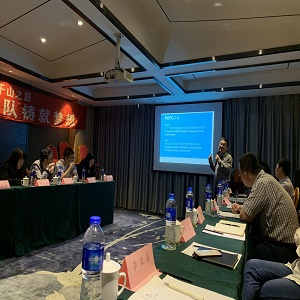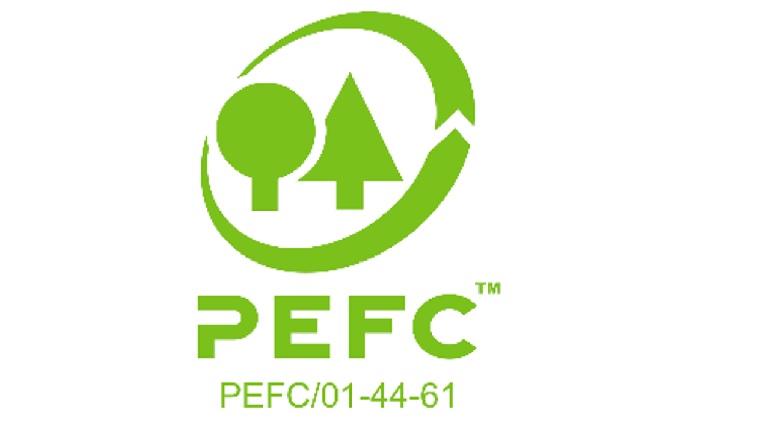
Address:12F, Building 68, No. 1399, Husong Highway, Songjiang District, Shanghai, China.
Phone:+86 21 54707316,54707371
Mobile:+86 137 6180 6516 (CS)
E-mail:appliwest@163.com
EUTR is an abbreviation of English European Union Timber Regulation. This is a mandatory regulation that came into effect in March 2013 and was implemented for operators and traders. This regulation is called: EU Timber Regulation No. 995/2010.
It mainly contains the following basic contents:
(1) Basic requirements for EU timber regulations;
(2) The role of the certification scheme;
(3) How to enforce the EU timber regulations;
(4) A timetable for implementing this regulation.
This regulation requires companies that enter the EU market for timber and wood products to undertake an obligation that the timber is not from illegally harvested forests. It also imposes requirements for institutions within the EU that trade in these products, which cover a wide range of categories, with the exception of some that are clearly recycling projects and their materials.
The basic requirement of the regulation is to implement a “due diligence investigation” procedure for the first contractor (defined as “operator”) of timber products entering the EU market to minimize the “illegal logging”. The risk of wood products entering the EU market. However, traders who purchase within the EU do not require a “due diligence investigation”, but records must be kept from other agencies.
In order to comply with EU timber regulations, each operator is required to implement a record system and conduct a “due investigation”. This can be a system that they have established themselves, or a system that is developed by a third party. All relevant records must be kept for 5 years and must be supported if necessary. However, sales records to the general public sector and end consumers are outside the scope of this regulation.
The “DDS” system of EU timber rules has three elements:
1. Information
(I) Product description.
(II) Tree species (common names and scientific names if possible).
(III) The country of harvested land and the area where it may be applied/the right to charter in this country.
(IV) Quantity, expressed in terms of volume, weight or quantity of a unit.
(V) The name and address of the supplier (to the operator).
(VI) The name and address of the trader (to the person receiving the wood/wood based product).
(VII) Describe documents that comply with forest regulations (of countries producing timber/wood products areas).
(VIII) Commonly used names, especially common names, may create confusion and, where possible, by scientific name according to the BSEN135562003 logs and sawn timber, to provide more accurate information on tree species, wood terminology used in Europe can be in wood name Provide guidance on.
2. Risk Assessment Procedures The purpose of the risk assessment process is to risk the risk of illegal harvesting of a wood-containing product and should be assessed as follows:
(I) Compliance is ensured by a combination of regulations, ie verification, accreditation scheme, FLEGT license, CITIES license, etc.
(II) The universality of illegal logging of special tree species.
(III) The prevalence of illegal logging activities in areas of resource/resource countries.
(IV) Any sanctions/armed conflicts against the country of origin.
(V) The complexity of the supply chain, that is, the purchase of sawn timber, it is obvious that a single piece of wood from a single sawmill can be directly evaluated, but a wardrobe with drawers, its parts may come from several factories or Several sawmills, even from different countries, make the problem much more complicated. If the assessment process and associated written evidence indicate that the risk of furniture from illegally sourced sources is negligible, then it may be introduced into the EU market. However, if there is any doubt, you must also enter the “risk reduction” process.
3. Risk Mitigation Procedures In order to minimize the risk of furniture from illegally sourced sources, this system has designed further measures and procedures that must be provided or carried out:
(I) Additional information
(II) Attached files
(III) First party (referring to the supplier) visit and verification
(IV) Third party verification
Some big companies may already have a system to replace the “due diligence investigation”, which can meet the requirements and can be reviewed in detail by the legal institutions of the member states. However, some small and medium-sized enterprises may not have this system, so the European timber regulations allow these companies to use the “due diligence investigation” system of the supervisory agency to conduct an investigation on whether the “operator” meets the regulatory requirements. The supervisory authority will provide a “due diligence” system for “operators” who do not have their own “due diligence” system and will continue to function well. According to European timber regulations, these institutions not only have the responsibility to provide a “due diligence” system, but also to supervise the implementation of the system. If the “operator” fails to properly apply the system, measures should be taken to help them. The EU will entrust oversight bodies and will publish and maintain lists of such institutions and their websites in official publications of the European Union.
Organizations such as the DFC of the PEFC Pan-European International Forest Certification Organization have been approved by the European Union as supervisory bodies and provide due diligence solutions. As a PEFC credit institution, Shanghai Shenxi Certification has also established its own EU TR DDS evaluation system, which can provide export enterprises with EU-approved risk assessment reports and certificates.


